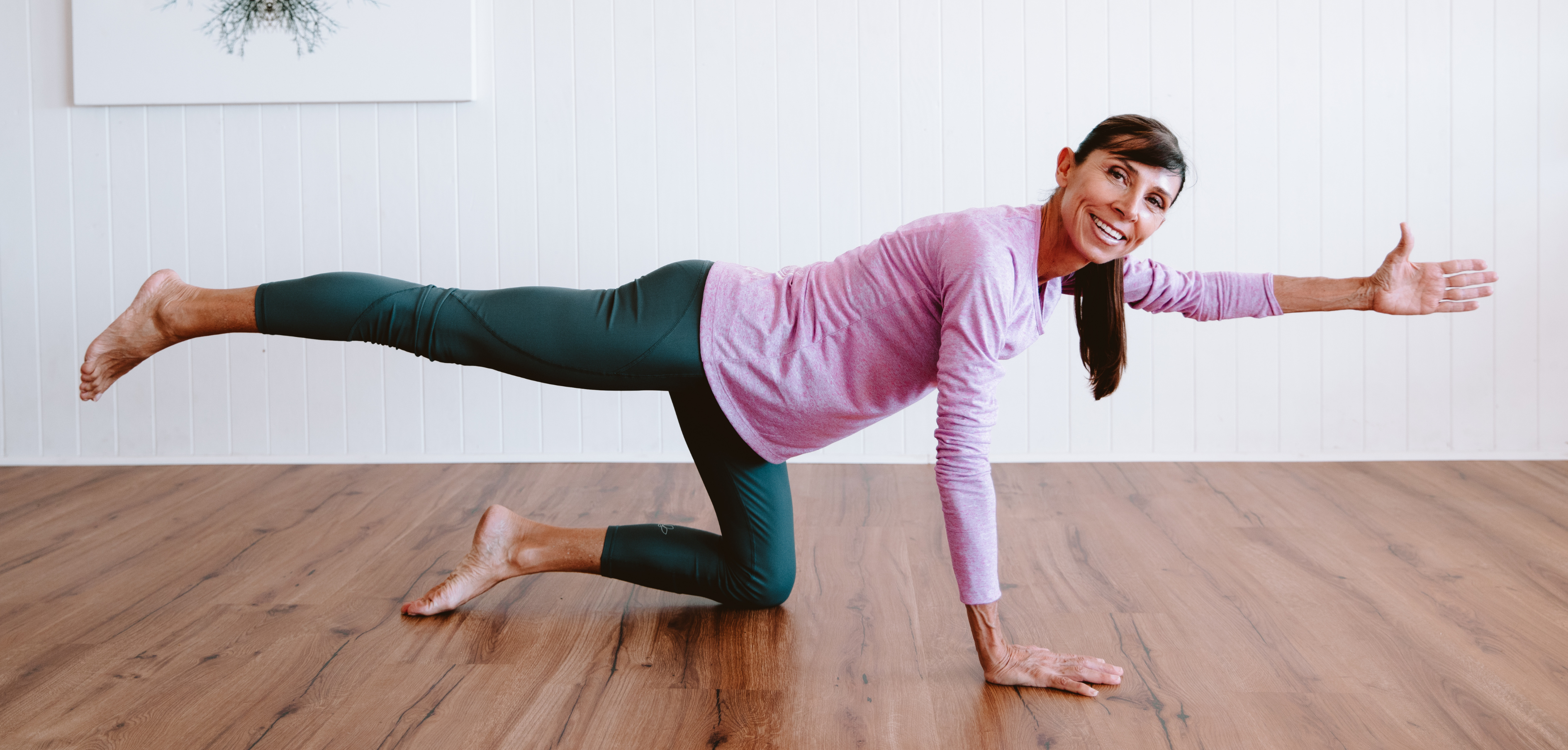
Pelvic Floor Exercises for Women in 3 Simple Steps – Physio Beginners Guide
Pelvic floor exercises for women in 3 simple steps for beginners with Pelvic Floor Physiotherapist Michelle Kenway. This Physiotherapist guided video teaches you: Pelvic Floor

 Pelvic Exercises YouTube Channel
Pelvic Exercises YouTube Channel 




